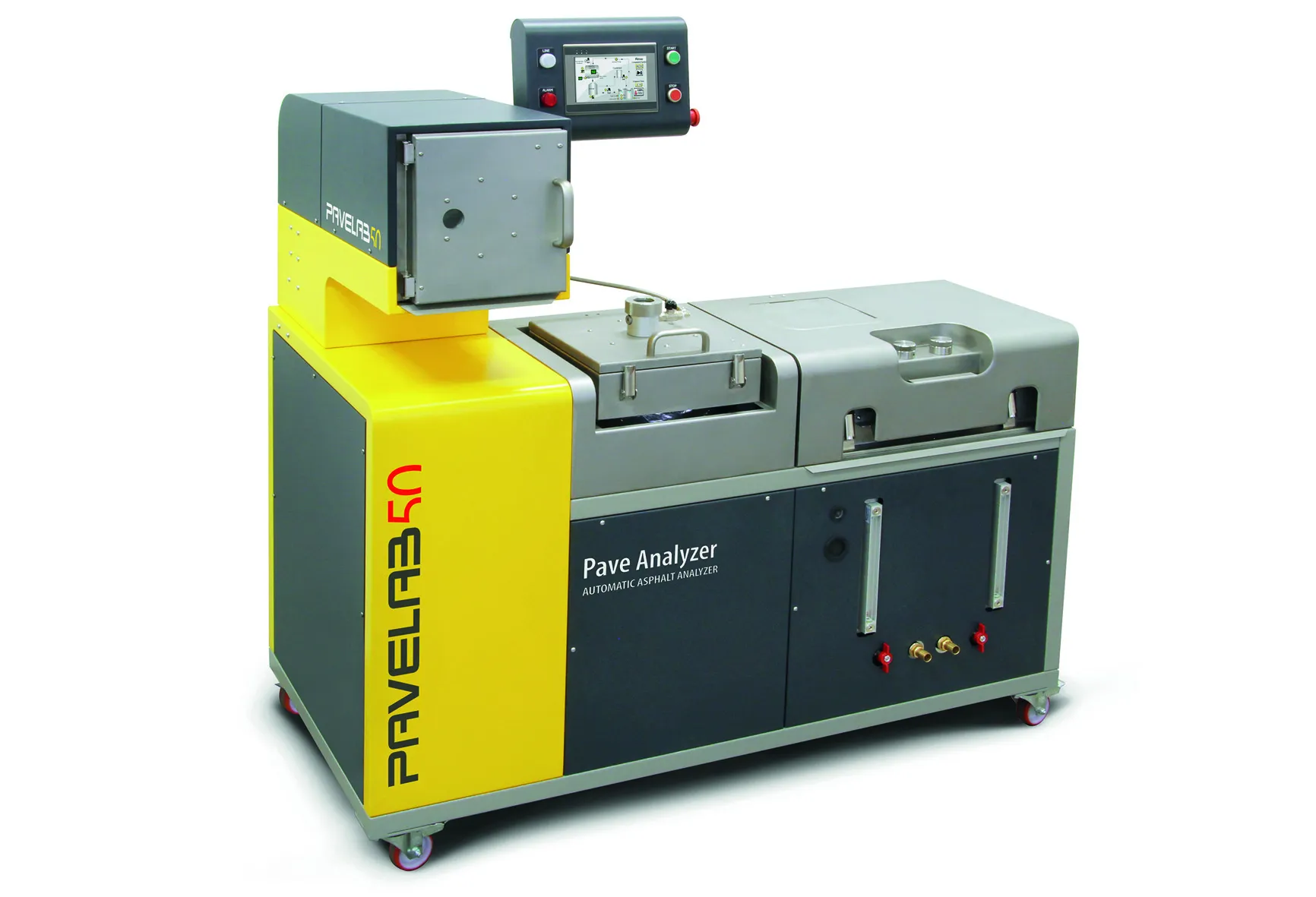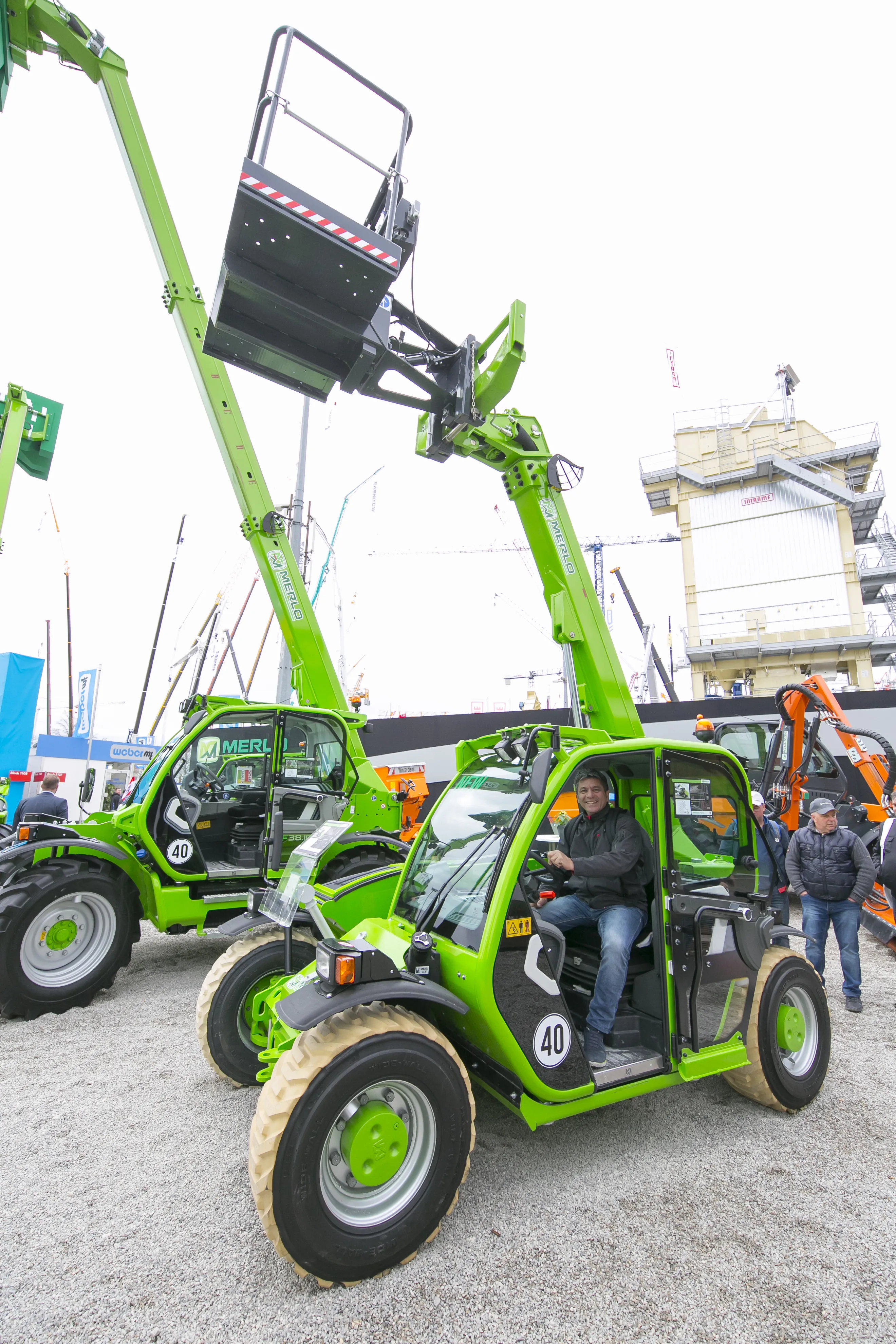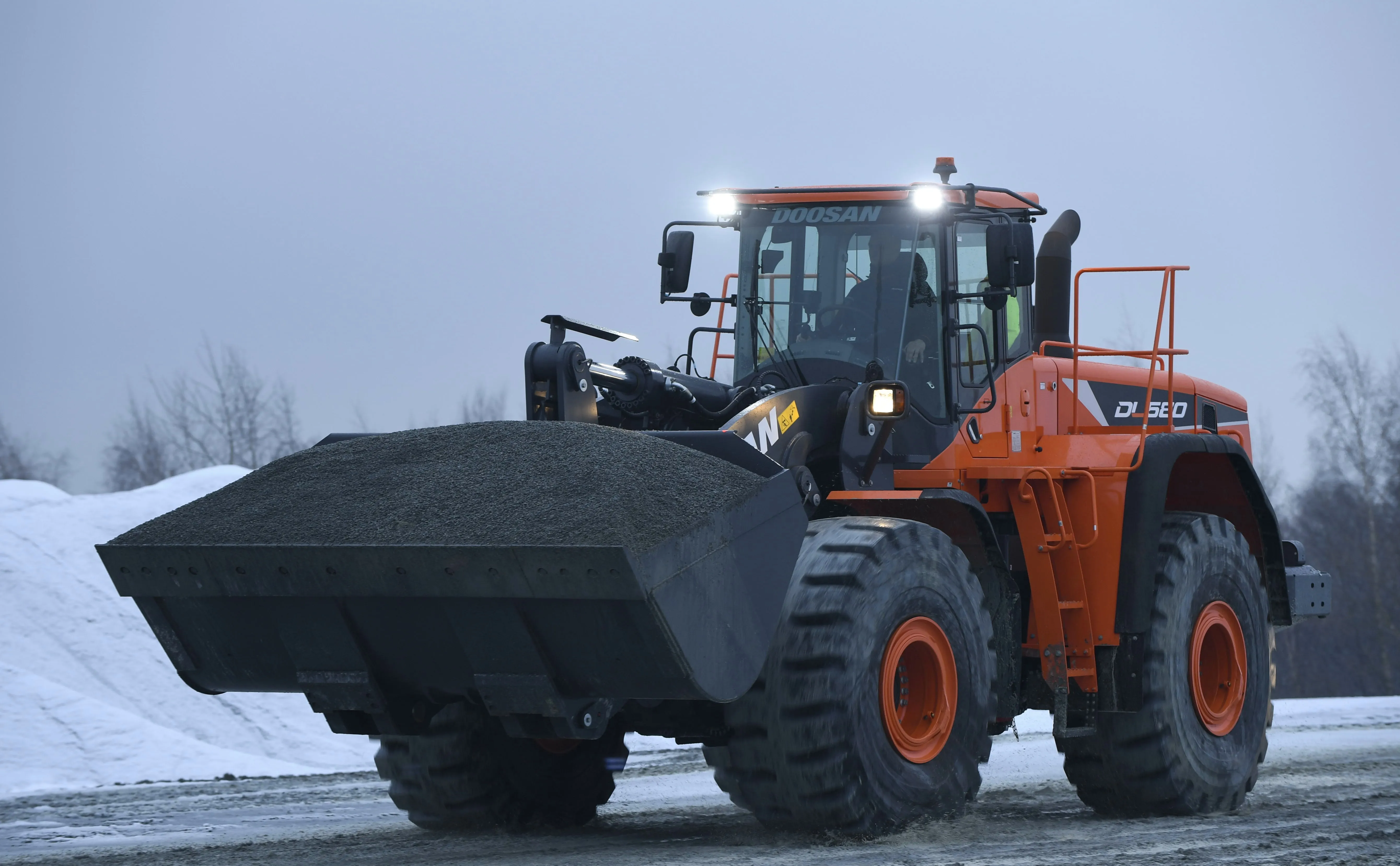Merlo’s new monitoring system is designed to stop telescopic boom equipment from tipping over sideways. The system has won one of the show’s top awards for new thinking and is designed to stop lateral overturns to the side of the machine.
Merlo has developed a visual display which looks down on the machine from above in real time, showing how the centre of gravity constantly moves about inside a defined triangular-shaped envelope displayed on an in-cab screen. The monitor evaluates the overall stability of
February 2, 2015
Read time: 2 mins
Merlo has developed a visual display which looks down on the machine from above in real time, showing how the centre of gravity constantly moves about inside a defined triangular-shaped envelope displayed on an in-cab screen. The monitor evaluates the overall stability of the machine using data transmitted by on-board sensors. It calculates the machine’s stability in all directions. Whenever the moving circle on the screen strays outside the safe area, the system gives out an immediate warning sign and, if necessary, blocks any movement which might further increase the danger.
Merlo is confident that it can prevent lateral overturning by providing the operator with real time feedback on the machine’s lateral stability index through a cab-mounted LDC display, a light indicator and a buzzer. And the system is automatic and can recognise attached implements, the weight of the load, the boom geometry and the total balance of the telehandler.








